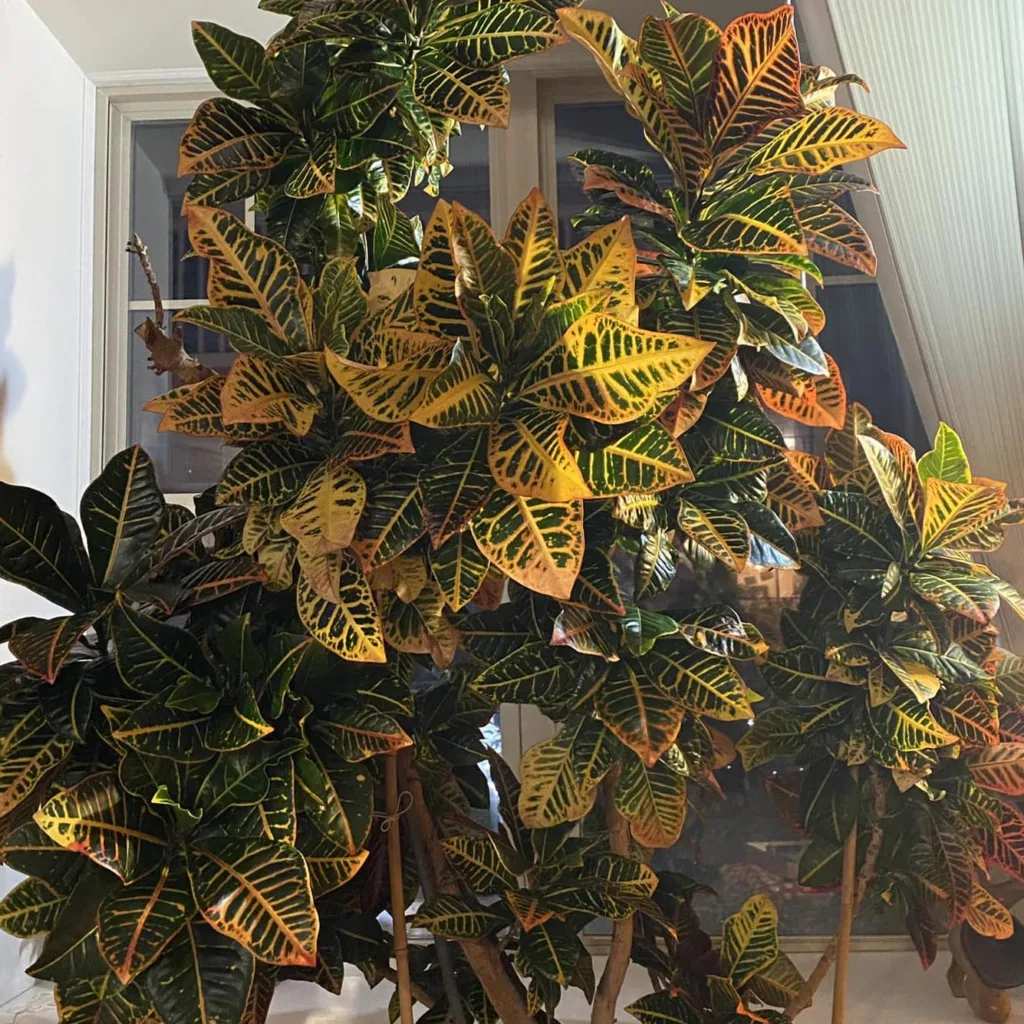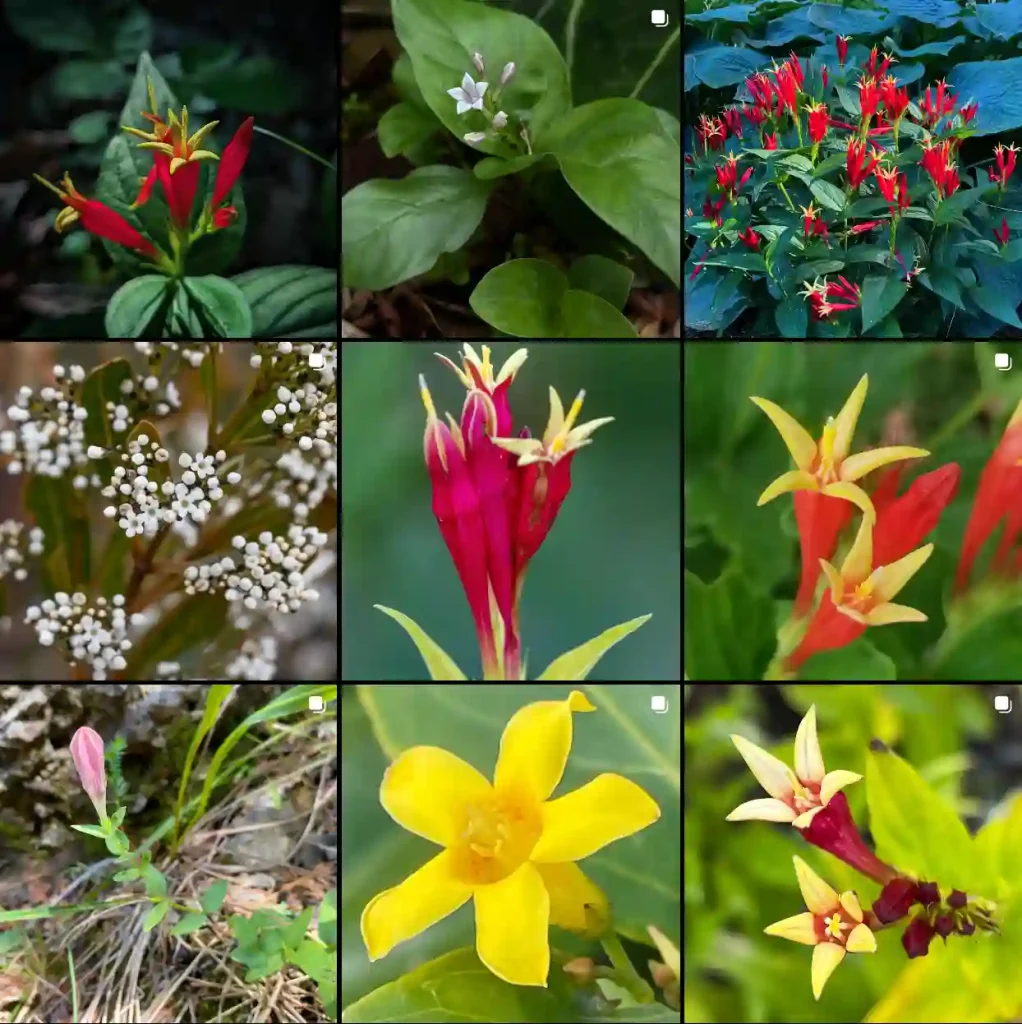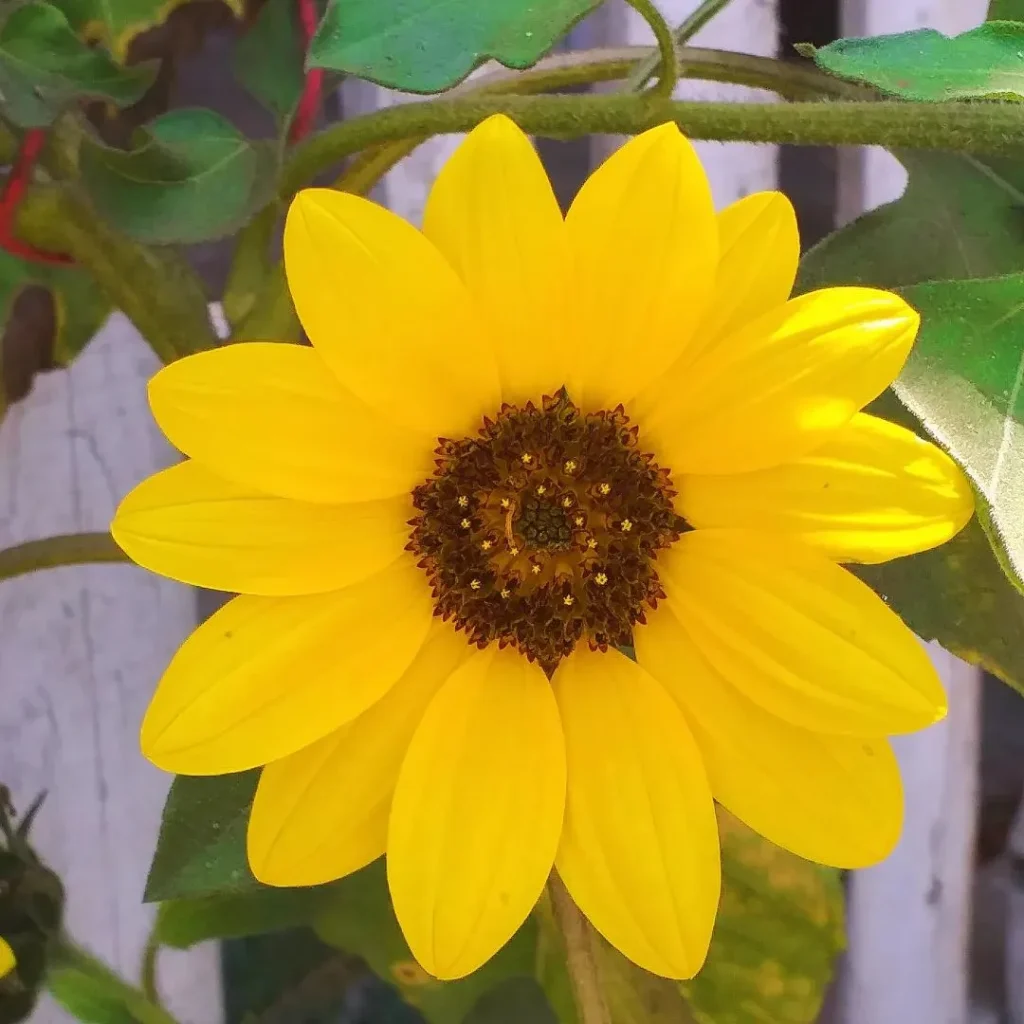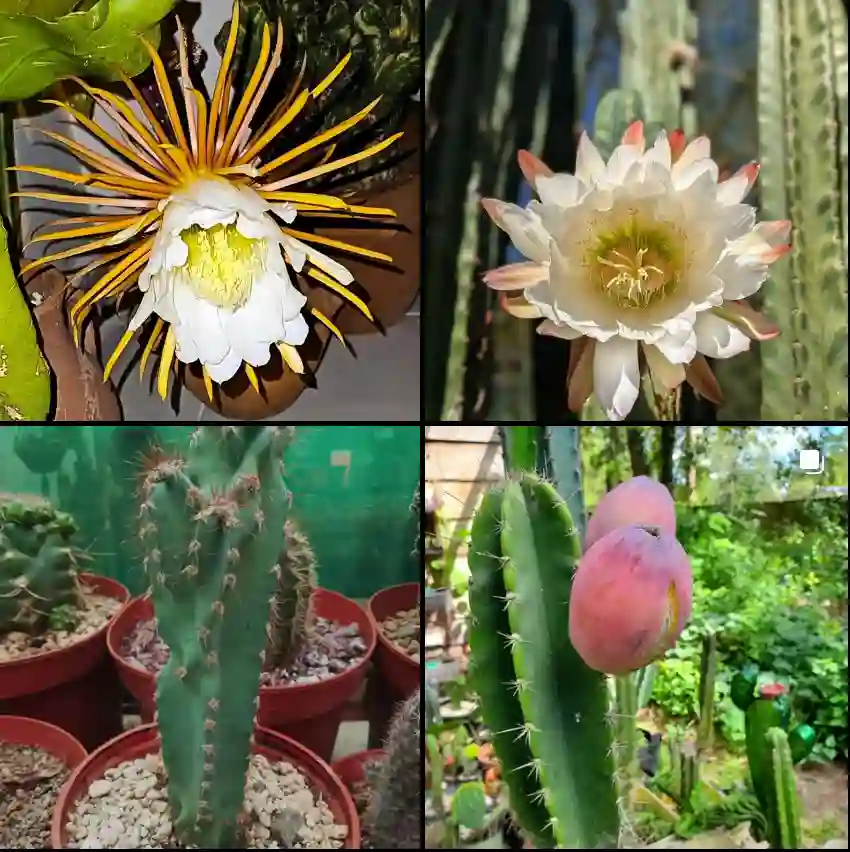FAQs About Leptinella Platts Black
Leptinella Platts Black is a unique and captivating plant that has recently gained popularity among gardeners and plant enthusiasts. Its striking appearance and specific care requirements often lead to many questions. Here, I’ll answer some of the most frequently asked questions about Leptinella Platts Black to help you understand and appreciate this fascinating plant.
What Is Leptinella Platts Black?
Leptinella Platts Black or Leptinella Squalida ‘Platt’s Black’, commonly known as Black Button Fern or Black Button Leptinella, belong to the Asteraceae family, is a small, evergreen fern native to New Zealand. This fern is celebrated for its distinctive dark, almost black foliage that contrasts beautifully with other plants. Its tiny, round leaves give it a unique appearance that can add texture and depth to any garden or indoor plant collection.
Plant Family: 1720 Genera in Asteraceae
How to Care for Leptinella Platts Black?
Caring for Leptinella Platts Black requires attention to its specific needs:
- Light: This plant thrives in partial to full shade. Direct sunlight can scorch its delicate leaves, so it’s best to place it in a spot where it receives indirect light.
- Watering: Keep the soil consistently moist but not waterlogged. Leptinella Platts Black prefers humid environments, so regular misting can help maintain its health.
- Soil: Use a well-draining, acidic to neutral soil mix. A blend of peat, pine bark, and sand works well.
- Temperature: It enjoys cooler temperatures and can tolerate a range between 50-70°F (10-21°C). Avoid exposing it to temperatures below freezing.
- Fertilizing: Feed it with a balanced, liquid fertilizer diluted to half strength once a month during the growing season.
How to Propagate Leptinella Platts Black?
Propagating Leptinella Platts Black can be done through division or spores:
- Division: In early spring, you can divide the plant by carefully separating the root clumps and replanting them in new pots or garden spots. Ensure each division has a healthy root system.
- Spores: Collect the spores from the underside of the fronds and sow them on a moist, sterile medium. Keep the medium consistently damp and provide indirect light until the spores germinate.
What to Plant With Leptinella Platts Black?
Leptinella Platts Black pairs well with a variety of other shade-loving plants:
- Hostas: Their large leaves and varied textures complement the fine foliage of Leptinella.
- Heucheras: The colorful foliage of Heucheras provides a vibrant contrast to the dark leaves of the Leptinella.
- Ferns: Other ferns like Maidenhair or Bird’s Nest ferns can create a lush, textured ground cover.
Benefits of Leptinella Platts Black
Leptinella Platts Black offers several benefits:
- Aesthetic Appeal: Its unique color and texture make it a standout in any garden or indoor setting.
- Low Maintenance: Once established, it requires minimal care and can thrive in low-light conditions.
- Versatility: It can be used in both garden beds and as a potted plant, making it a flexible choice for various settings.
Toxicity of Leptinella Platts Black
Leptinella Platts Black is non-toxic to humans and pets. This makes it a safe choice for households with children and animals. However, as with all plants, it’s best to keep it out of reach of curious pets and children to avoid any potential issues.
Common Problems with Leptinella Platts Black
While Leptinella Platts Black is generally resilient, it can face a few common issues:
- Leaf Browning: This can occur due to direct sunlight or inconsistent watering. Ensure it’s in a shaded spot and keep the soil consistently moist.
- Pest Infestations: Watch for common pests like spider mites or aphids. Regularly inspect the plant and treat any infestations with an appropriate insecticide.
- Root Rot: Overwatering or poorly draining soil can lead to root rot. Make sure the soil is well-draining and avoid waterlogging.
Compare with Similar Plants
Leptinella Platts Black is often confused with other ferns or small-leafed plants. Here’s a comparison with a few similar ones:
- Leptinella Squalida: While similar in appearance, Leptinella Squalida has a lighter green color compared to the deep black of Leptinella Platts Black. It also has a slightly different growth habit.
- Pellaea Rotundifolia: Known as Button Fern, it has a similar leaf shape but lacks the distinctive dark color of Leptinella Platts Black. Pellaea Rotundifolia is also more tolerant of drier conditions.
- Adiantum Raddianum: Commonly known as the Maidenhair Fern, it shares a similar delicate appearance but differs in leaf shape and color.
Leptinella Platts Black is a remarkable plant that can add a unique touch to your garden or indoor plant collection. Understanding its care requirements and common issues will help you keep it thriving and enjoy its beauty for years to come.
If i die, water my plants!



